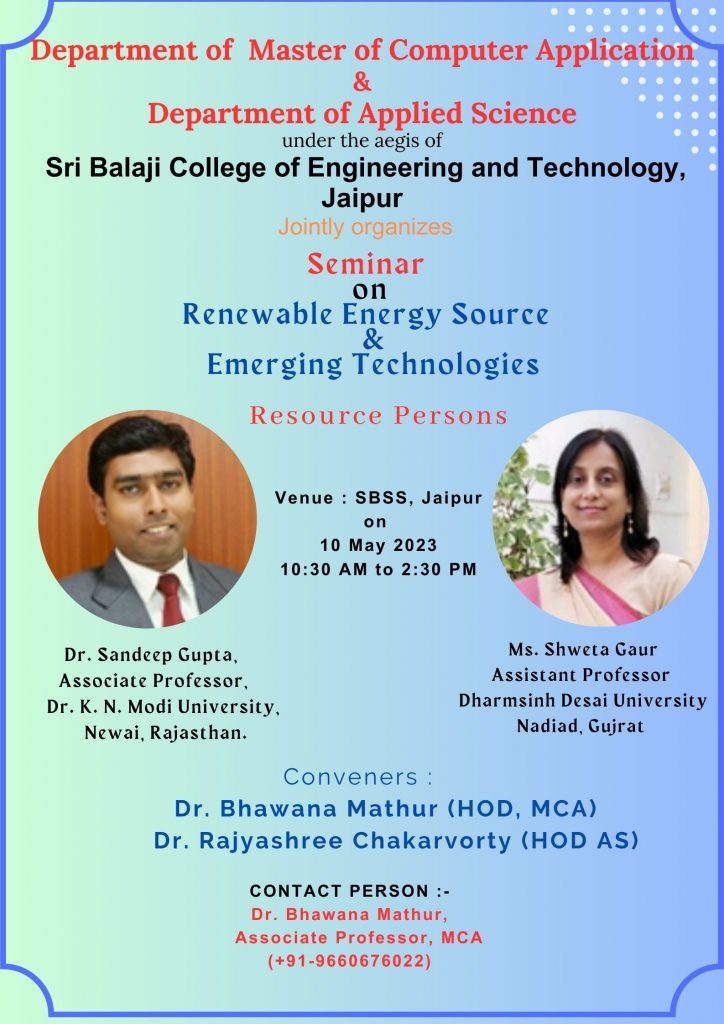
Renewable energy is energy derived from natural sources that are replenished at a higher rate than they are consumed. Sunlight and wind, for example, are such sources that are constantly replenished. Renewable energy sources are plentiful all around us. Solar power works by converting energy from the sun into electricity. There are two forms of energy generated by the sun for our use: electricity and heat. Both are generated through the use of solar panels, which range in size from residential rooftops to ‘solar farms’ stretching over acres of rural land. Solar panels are usually made from silicon or another semiconductor material and installed in a metal panel frame with a glass casing. When this material is exposed to photons of sunlight (very small packets of energy), it releases electrons and produces an electric charge. On-grid systems are those in which the solar power system is connected to the utility’s power grid, while off-grid systems work independently and are not connected to the utility’s power system. To figure out how to size your solar system, take your daily kWh energy requirement and divide it by your peak sun hours to get the kW output. Then divide the kW output by your panel’s efficiency to get the estimated number of solar panels you’ll need for your system. The PV materials are also explained in the workshop. The main challenges with solar energy in India are explained.
Lecture Abstract:
Industry 4.0 concerns the transformation of industrial processes through the integration of modern technologies such as sensors, communication, and computational processing. Technologies such as Cyber-Physical Systems (CPS), the Internet of Things (IoT), Cloud Computing, Machine Learning, and Data Analytics are considered to be the different drivers necessary for the transformation. The Industrial Internet of Things (IIoT) is an application of IoT in industries to modify the various existing industrial systems. IIoT links the automation system with enterprise, planning, and product lifecycle.
Decades ago, we connected computers and got today’s powerful Internet. Now we have started to connect everyday objects using the Internet, to create the Internet of Things. The world will have 50 billion connected devices by 2020. As these IoT devices come online, the industry will face some formidable challenges, such as ensuring the security of its devices, powering billions of sensors, and analyzing the data generated by these devices. With this talk, we will try to get sensitized about the importance of underlying components and the entire eco-system and integration issues, various use cases or applications of IoT, and its data analytics.
